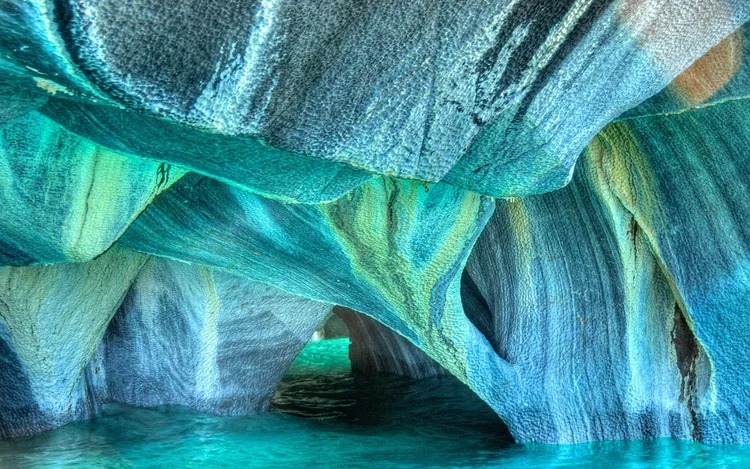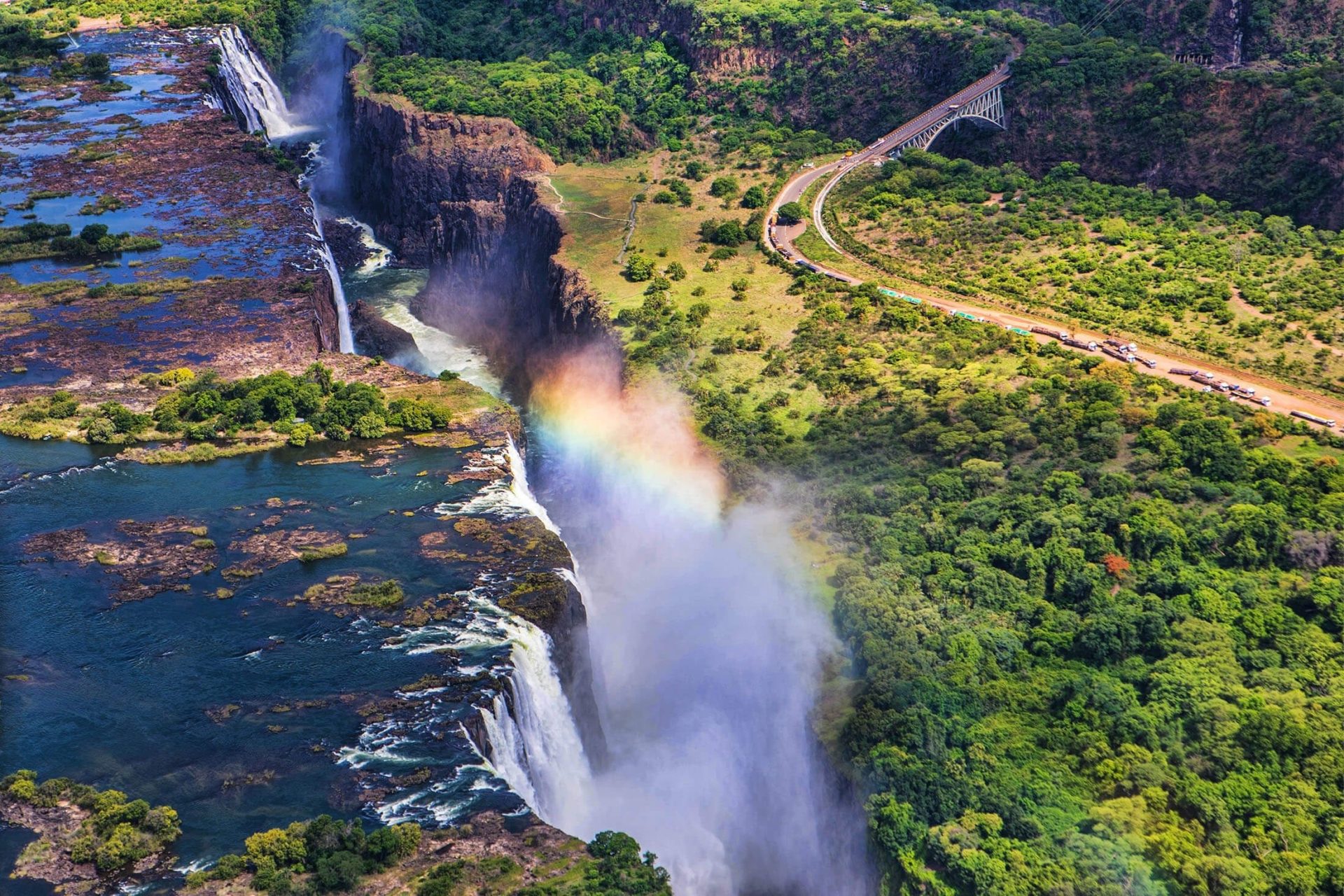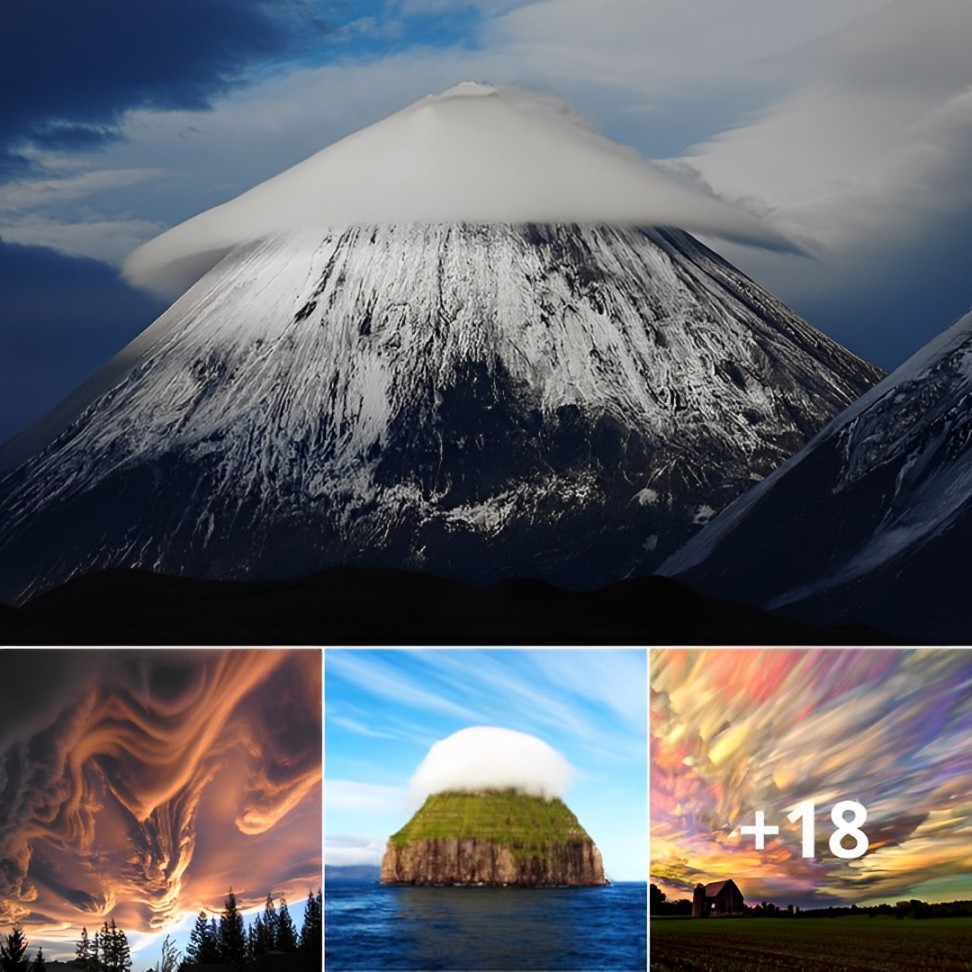Ever played the game of Twister on water? The green, yellow, and brown polka dots that form on British Columbia’s Spotted Lake each summer make it look like you could. It’s a far cry from the stereotypical landscapes of clear blue lakes, rolling green hills, and white-sand beaches that inspire most travelers—and that’s part of what makes strange natural wonders like Spotted Lake so thrilling. A recently discovered cave that grows crystals the size of four-story buildings, a lake the color of a strawberry milkshake, and a glacier that seems to bleed sound like they’re from another planet, but can be seen right here on earth, and they remind us that there’s plenty of mystery left to explore. For billions of years, our planet has been a work in progress. Wind, water, pressure, minerals, heat, and lesser-understood forces mold and shape our environment, carving out caves and canyons, flooding and drying lakes, shaping mountains, shifting shorelines, moving the ground beneath our feet, and creating all manner of strange formations.
01 of 27Salar de Uyuni, Bolivia:max_bytes(150000):strip_icc():format(webp)/201303-w-strangest-natural-wonders-salar-de-uyuni-bolivia-4a5332128ae74e75b3a9a58c86d4f88c.jpg) Danielle Pereira/miradas.com.br
Danielle Pereira/miradas.com.br
When a prehistoric lake dried up about 30,000 years ago, it left an endless expanse of white hexagonal tiles that stretch to the horizon. Welcome to the world’s largest salt flat, stretching for 4,000 square miles—25 times the size of Utah’s Bonneville Salt Flats. The site provides more than 25,000 tons of salt per year to local miners, supports a thriving community of thousands of flamingos, and attracts tourists who can check into the Palacio de Sal, a 16-room hotel made entirely from salt blocks.
02 of 27Asbyrgi Canyon, Iceland:max_bytes(150000):strip_icc():format(webp)/201303-w-strangest-natural-wonders-asbyrgi-canyon-iceland-2000-59ba76fd685a49e386ec9af53f9e02d5.jpg) © Arctic-Images/Corbis
© Arctic-Images/Corbis
Legend has it that the Asbyrgi Canyon in northern Iceland was created when the hoof of a Norse god’s horse touched the earth, slicing through 300-foot-tall cliffs and flattening an area just over two miles long and more than a half mile wide. The likelier scientific explanation is that two periods of glacial flooding carved the canyon between 3,000 and 10,000 years ago. But standing atop the cliffs, with the green carpet of the horseshoe-shaped canyon spread before you, it’s fun to imagine otherwise.

It looks as if someone poured a giant bottle of Pepto-Bismol into Lake Retba—that’s how deeply pink these waters are. The color is actually caused by a particular kind of algae called Dunaliella salina that produces a pigment. The salt content is extremely high, reaching 40 percent in some spots and allowing the algae to thrive (and swimmers to float effortlessly on the surface of the 10-foot-deep lake). Blinding white piles of salt line the shores, and locals work several hours a day harvesting salt from the bright pink water.
Six thousand years of wave erosion created the undulating patterns that give these caves their marbleized effect, enhanced by the reflection of the blue and green water of Carrera Lake, near Chile’s border with Argentina. Although the area is threatened by a plan to build a dam nearby, for now, visitors can kayak throughout the caves on days when the waters are calm.

People have sought the reputed healing effects of bathing here for thousands of years. The water that flows from 17 subterranean hot springs into the pools has an extremely high concentration of calcium carbonate, which forms soft deposits when it hits the surface. Those viscous white deposits harden over time until the springs resemble a fountain made of chalk or, as indicated by the poetic translation of Pamukkale, a “cotton castle” visible from more than 10 miles away.

No one has ever seen one of the “sailing stones” on Death Valley’s Racetrack Playa move, but evidence of their travels is visible in the long track marks that trail behind them in the dusty ground. Scientists aren’t sure exactly how the rocks—which can weigh hundreds of pounds—make their way across the dry lake bed. The prevailing theory is that when the rocks are wet or icy, they’re pushed along the flat playa by strong winds. The deep groove marks they leave behind indicate they may travel up to 700 feet from their point of origin.





